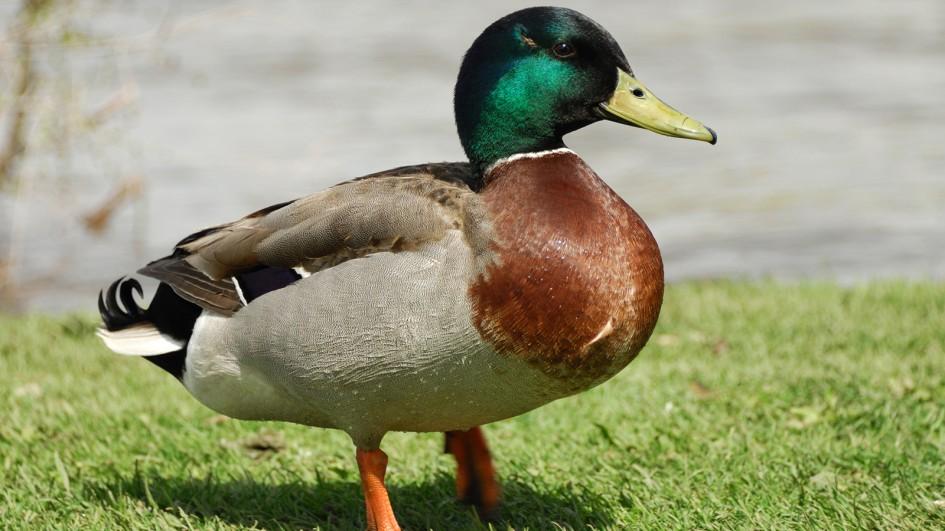Stamp: Common Goldeneye (Bucephala clangula) (Soviet Union, USSR 1990)
Common Goldeneye (Bucephala clangula) (Soviet Union, USSR 1990)
01 July (Soviet Union, USSR ) within release Ducks. goes into circulation Stamp Common Goldeneye (Bucephala clangula) face value 15 Russian kopek
| Stamp Common Goldeneye (Bucephala clangula) in catalogues | |
|---|---|
| Michel: | Mi:SU 6100 |
Stamp is horizontal format.
Also in the issue Ducks.:
- Stamp - Mallard (Anas platyrhynchos) face value 5;
- Stamp - Mallard (Anas platyrhynchos) face value 5;
- Stamp - Common Goldeneye (Bucephala clangula) face value 15;
- Stamp - Common Goldeneye (Bucephala clangula) face value 15;
Stamp Common Goldeneye (Bucephala clangula) it reflects the thematic directions:
Birds (Aves), a subgroup of Reptiles, are the last living examples of Dinosaurs. They are a group of endothermic vertebrates, characterised by feathers, toothless beaked jaws, the laying of hard-shelled eggs, a high metabolic rate, a four-chambered heart, and a strong yet lightweight skeleton. Birds live worldwide and range in size from the 5 cm (2 in) bee hummingbird to the 2.75 m (9 ft) ostrich. They rank as the class of tetrapods with the most living species, at approximately ten thousand, with more than half of these being passerines, sometimes known as perching birds. Birds are the closest living relatives of crocodilians.
Duck is the common name for numerous species of waterfowl in the family Anatidae. Ducks are generally smaller and shorter-necked than swans and geese, which are members of the same family. Divided among several subfamilies, they are a form taxon; they do not represent a monophyletic group (the group of all descendants of a single common ancestral species), since swans and geese are not considered ducks. Ducks are mostly aquatic birds, and may be found in both fresh water and sea wate


